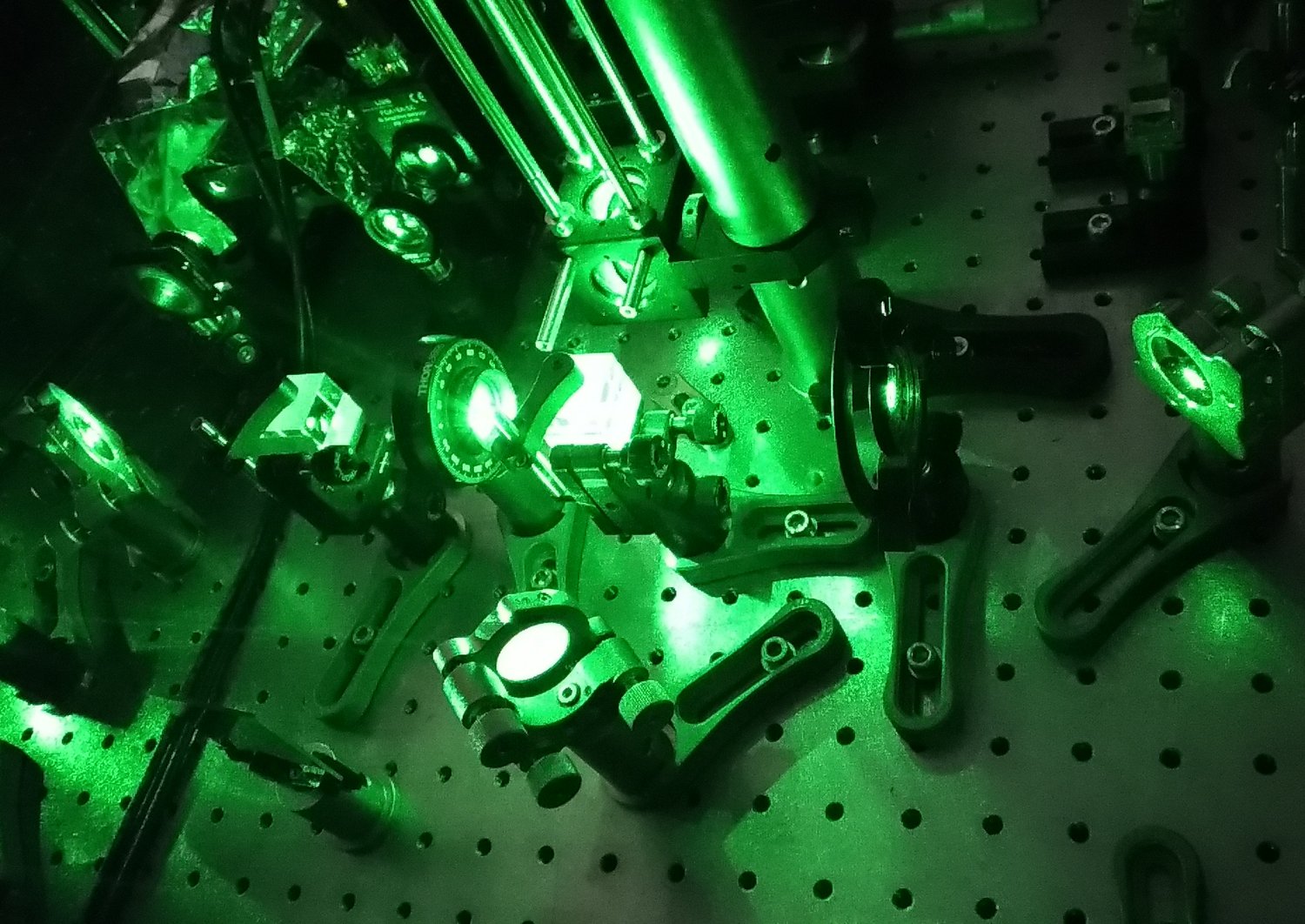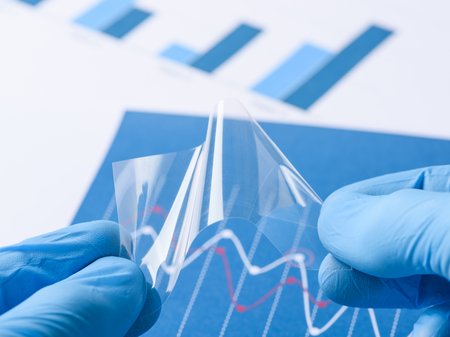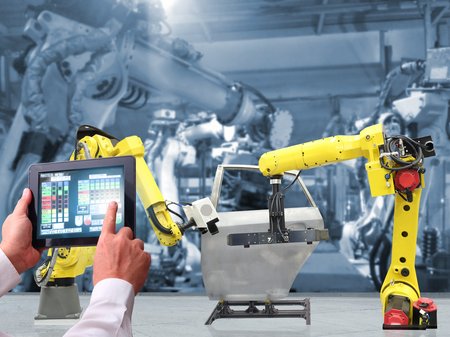Modern telecommunication devices operate at increasingly higher frequencies, aiming at > 10 GHz for next-generation 5G mobile phones and emerging 6G technologies. Using these frequencies to extend possible data transfer rates and increase the number of available parallel channels requires miniaturized high-quality filters. Such filters are usually based on piezoelectric materials that transform radio frequency waves into mechanical surface or bulk acoustic waves.
The quality of such RF filters critically depends on a variety of different parameters that may deviate during manufacturing. Ensuring constant quality and analysing the performance of new devices as early as possible in the production chain, but also characterising the actual physical behaviour of such devices for improving dedicated simulation tools, requires fundamentally new measurement and inspection equipment that presently simply does not exist.
A valuable source of information is the mechanical vibration pattern on the surface of such piezoelectric filters when applying an external electrical excitation signal, calling for a direct visualization of such ultrafast surface vibrations.
Given the ultrahigh frequencies and the tiny amplitudes of these vibrations, down to below picometers and hence about 1/100th of an atomic radius, a special interferometric laser scanner had to be developed and tested. This scanner uses a high-performance green laser that is split into two coherent parts, one of which is focused onto the sample surface into a sub-micrometre spot, before recombining them.
Scanning the entire surface of a filter device allows to directly generate a full 3D map of the vibrations in operation. Overall, the filter oscillates like a piston, confirming the related simulation and material models. However, also clearly visible are parasitic ripples, in the range of only a few picometers, that affect the filtering quality.
Impact and effects
The ground-breaking work performed in the first two years of the cooperation generated unique insights into the actual behaviour of piezoelectric devices at high frequencies and provides the basis for establish-ing a prototype scanner setup. Such scanners can then potentially be used to analyse filters at-line or in-line in the production line, providing immediate feedback on their performance. This in turn will enable an ultimately fast response loop for improving product quality and generate valuable data that can be used to calibrate design and simulation tools and optimize the production chain.
This work will thus enable an acceleration towards higher performance, increased miniaturization, better reliability and optimal material and power efficiency, affecting next-generation mobile telecommunication as well as a range of further applications in instrumentation, sensing and actuation.
ASSIC Austrian Smart Systems Integration research Center
COMET Competence Centers for Excellent Technologies - COMET Centre (K1)
Project: Smart Sensor Systems for Industrial Process Analytics & Process Control
Focus: PhoSuVAT Photonic Surface Vibration Analysis Tool , 1 .2019 - 31.12.2022, multi firm
Project coordination: DI Gerhard Kroupa, Staff Researcher Silicon Austria Labs GmbH
Project Partner: Qualcomm Germany RFFE GmbH, Germany









